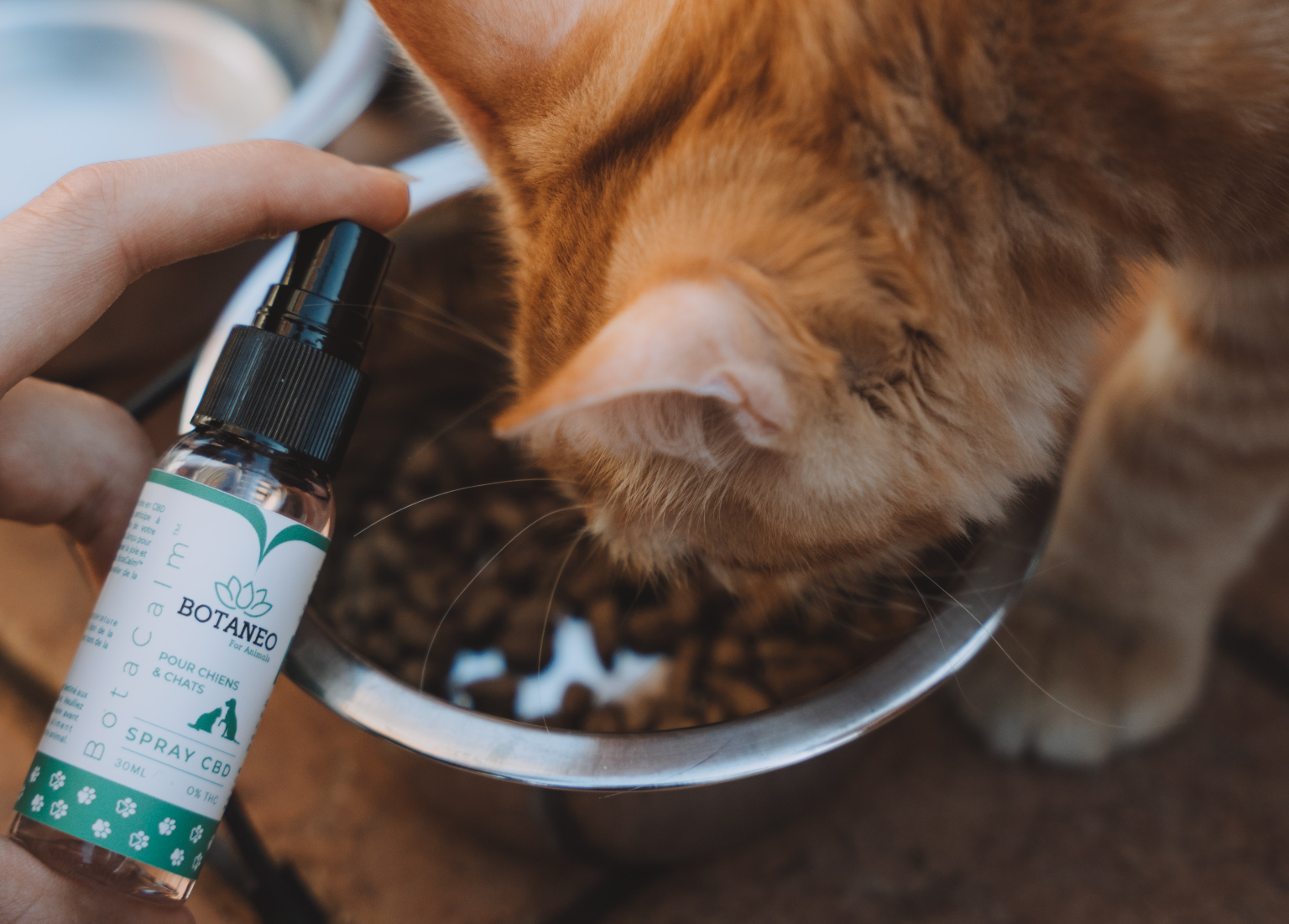Imagine if an individual that’s more than five times your size and from another species grabbed you. Your first inclination would probably be to run for your life, since there’s an automatic predator/prey dynamic in place. You, of course, don’t have those intentions with your new cat, but it does not know that yet. Its initial instinct is to protect itself and to run away to safety. This can all be changed, however, with socialization.
Socialization is when your cat learns how to properly react to other cats, people, places, situations and more. Ideally, it takes place when your cat is just a kitten, aged about 2 to 7 weeks. During that period of time, the kitten is curious about everything and has a more open mind. That can be dangerous, since the kitten hasn’t fully learned about dangers, and it requires the protection of its mother and possibly a caring human. It’s also a good time because fears have not set in.
Your cat probably had a tough life, either as a feral or in the home of someone who didn’t provide much care — or both. All behavior can be modified, but such changes become more difficult as the individual ages, since there’s been more time for the undesired reactions to set in. People are no different. If you are afraid of public speaking, for example, you can become better and more comfortable with practice, but the whole matter is much easier if you have been exposed to, and participated in, such events over your entire lifetime with positive outcomes. Before long, the skill becomes second nature.
In addition to age, the temperament of the individual cat is a factor, as are its parents. Cats with feral parents tend to be more difficult to socialize; however, with time and patience, it can be done.
You might first try creating a safe room for your cat: a quiet, closed-off room with a comfy bed, food, water, a litter box and other amenities. In that room, just sit quietly with your cat for a while in order to gain its trust. Offer a tasty food treat. As your cat approaches, slowly pet it, perhaps while it is busy investigating the food. When your cat becomes more comfortable with your attention, put a blanket or towel on your lap and hold it for short periods, again petting it in a slow and soothing way.
Repeat the sessions over a series of days, introducing new toys, grooming tools and other objects. Through such sessions, you are teaching your new pet that you are not a danger and, in fact, are someone it can trust and look forward to seeing.







